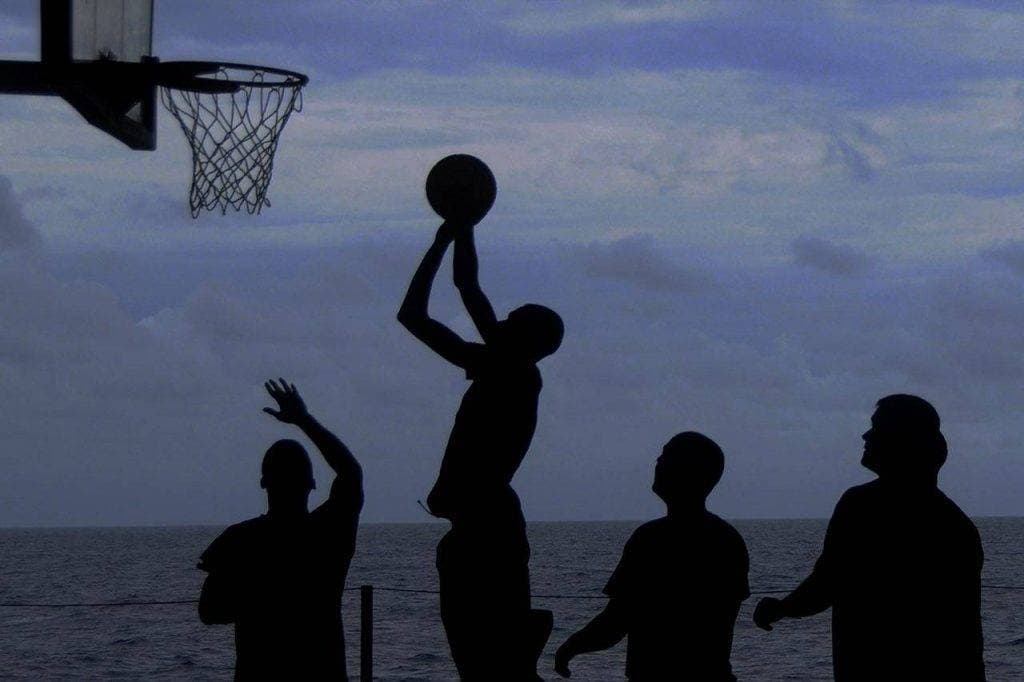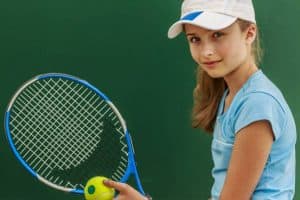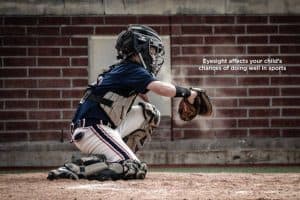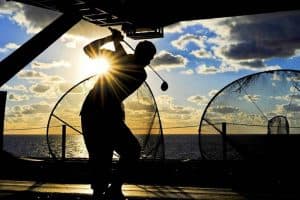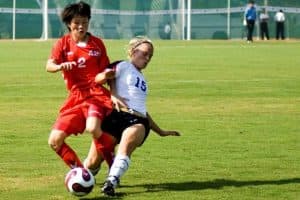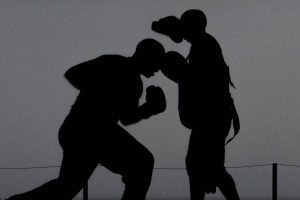Many have dreamed of netting a 3 pointer the way Stephen Curry can— but did you know that strong visual skills are needed to land that game winning 3 pointer?
Vision clarity includes the ability to see well, both near and far. But it doesn’t end at that— your vision is made up of different skills that enable you to perform well in almost anything you do, including playing basketball.
While many visual skills are needed for success in basketball, there are specific visual skills that are necessary for success in certain aspects of the game— the position you play, the way you dribble and shoot the ball, timing a pass accurately, etc.
This article will explain why basketball skills are actually dependent on your visual skills, and help you to understand the specific visual skills necessary for success in the game.
Which visual skills are essential for optimal basketball performance?
- Dynamic visual acuity
- Focus and concentration
- Accommodation
- Anticipation timing
- Depth perception
- Fixation ability
- Peripheral vision
- Speed and span of recognition
- Visual reaction speed
Dynamic visual acuity
Dynamic visual acuity is one of the most important skills necessary for optimal basketball performance. This visual skill allows you to maintain vision clarity while in motion, or while the ball, or other players are in motion. Since basketball is a sport that involves constant motion, dynamic visual acuity is essential for success in the game.
Strong dynamic visual acuity will help you to net that game winning 3 pointer, while running across the court and focusing on the basket, to achieve ‘nothing but net’.
Focus and concentration
Maintaining focus and concentration while playing basketball is a vital skill for optimal performance. If you lose focus easily, you may miss an easy lay-up or a pass from a teammate, resulting in disappointment and frustration.
High levels of concentration will help you to stay focused on the ball, your teammates, and opponents— enabling you to score points, and move around the court, in order to win the game.
Accommodation
Accommodation allows your eyes to remain focused on an object, as it moves between two distances (near and far). This visual skill is essential for basketball because the ball is constantly moving from player to player, from the player to the basket, over the boundary lines, etc.
Accommodation helps you to quickly shift focus in order to keep track of the ball while maintaining vision clarity.
Anticipation timing
“Timing is everything”. This is also true when playing basketball.
Anticipating the precise time to catch the ball, intercept a pass, shoot the ball, or go for a rebound, is crucial for optimal basketball performance.
Contact a vision therapy eye doctor to evaluate what visual skills need improvement for you to have a successful basketball career.
SEE RELATED: Vision for Golf
Depth perception
Basketball is a fast moving sport that involves constant motion. Depth perception is essential for quickly and accurately judging the distance between yourself, your teammates, your opponents, the ball, boundary lines, the basket, etc. This visual skill helps you to minimize shots that are not high enough, or bounce off the rim, and improve your ability to pass to players on the other side of the court, or assess the defense positions of the opposing team players.
Depth perception allows you to understand where you are in relation to the ball, the basket, and other players— and is a key visual skill for success in the game.
Visual fixation
Visual fixation allows you to focus on an object for an extended period of time.
This visual skill is necessary for basketball because successful performance is dependent on your ability to focus on the hoop, the backboard, or the rim, in order to accurately aim the ball and make the shot.
Peripheral vision
Peripheral vision allows you to see everything around you, without needing to turn your head.
An offensive player uses his peripheral vision to see and maintain control over the ball as he is dribbling, locate an open teammate to pass to, and avoid the defensive players trying to steal the ball.
A defensive player uses his peripheral vision while focusing on the player he is guarding. His peripheral vision allows him to see the scoreboard with the time on the clock, locate the ball on the court, and be aware of his distance from the basket.
This visual skill is necessary for basketball players because it helps you to be aware of your surroundings, the other players moving around you, and anything else happening on the court.
Speed and span of recognition
Speed and span of recognition is a visual skill that allows you to respond and react to a play as quickly as possible. In basketball, this visual skill is essential because the time you have to take a shot, make a pinpoint pass, or block a shot, is very limited. Basketball players with strong speed and span of recognition skills will perform well on the court.
The faster your speed and the wider your span of recognition, the more likely you will succeed in your basketball performance.
How can I improve my basketball skills?
While basketball requires a great amount of physical endurance, it also requires a great amount of visual endurance.
If you love being on the court, but are struggling to perform to your athletic potential, you may have a problem with your visual skills.
The good news is, with vision therapy, you can retrain the connections between your eyes and brain to strengthen your visual skills, and enhance your performance on the court.
LEARN MORE: Guide to Sports Vision
Schedule an appointment with your eye doctor for a thorough evaluation of your vision and visual skills. Your doctor will determine which skills require strengthening, and can prescribe a program of vision therapy to improve your vision, and enhance your basketball skills.

